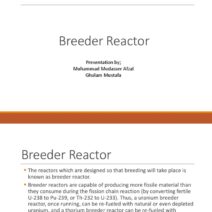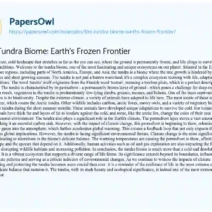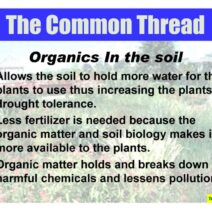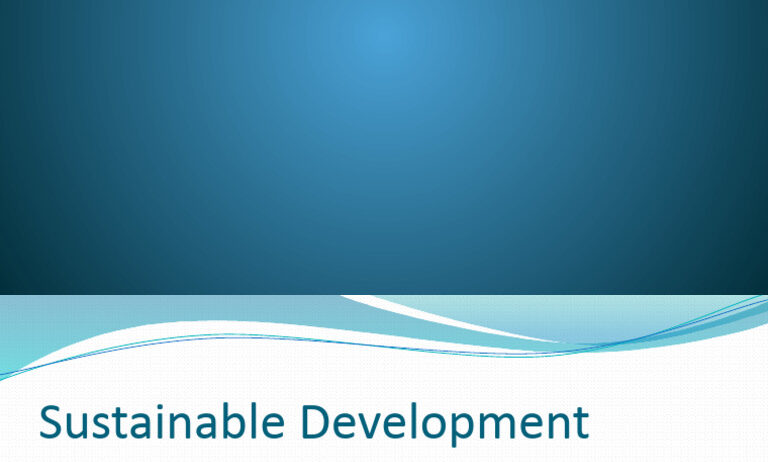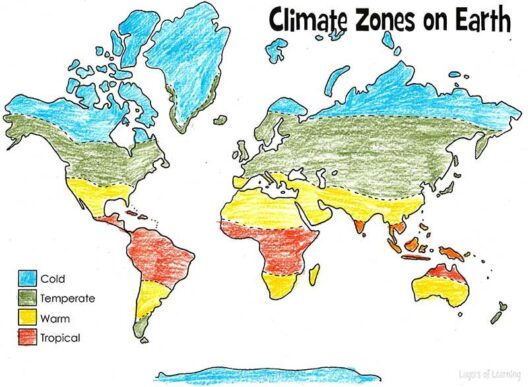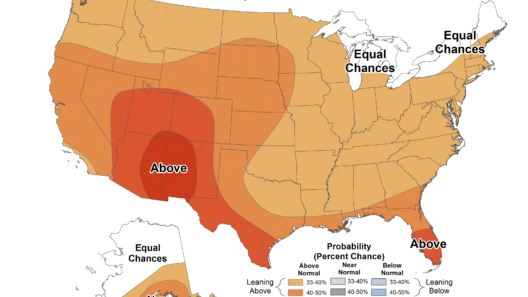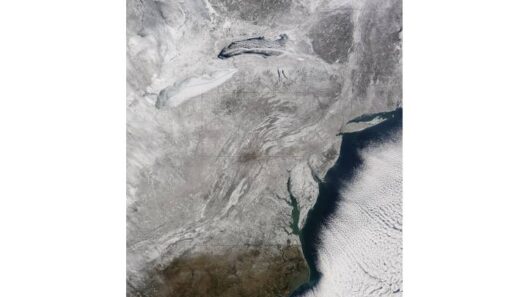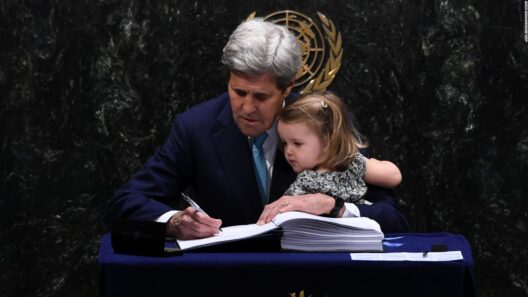Climate change is one of the most pressing issues of our time, a phenomenon that transcends borders, affecting ecosystems and human livelihoods alike. But what exactly are the primary drivers of this global crisis? How have human activities reshaped the delicate balance of our planet’s climate? Can we mitigate these factors before it’s too late? Let’s dive into these substantial questions and explore the interplay of causes and potential solutions.
The major contributors to climate change can be categorized into a few crucial sectors, with greenhouse gas emissions sitting at the top of the list. The combustion of fossil fuels—oil, coal, and natural gas—for energy production is a significant contributor. This process releases carbon dioxide (CO2), a dominant greenhouse gas, which traps heat in the earth’s atmosphere. Rapid industrialization worldwide has only exacerbated this dilemma. Have you ever considered how the energy consumed by your neighborhood or industry across the globe can have far-reaching effects?
In addition to fossil fuels, deforestation plays a pivotal role in climate change. Trees and forests function as natural carbon sinks, absorbing CO2 from the atmosphere. However, large-scale deforestation, often for agricultural expansion or urban development, leads to an alarming decrease in these vital ecosystems. When trees are cut down, not only is CO2 absorption reduced, but the carbon stored in their wood is released back into the atmosphere. The question arises: can we balance development and conservation without sacrificing our forests?
Agriculture, too, contributes significantly to climate change. Livestock production, for example, is responsible for producing methane, a greenhouse gas that is far more potent than CO2 over a short time frame. Agricultural practices, such as the use of synthetic fertilizers, release nitrous oxide, another powerful greenhouse gas. It’s time to reflect on our dietary choices. How might shifting to more sustainable farming practices and adopting plant-based diets impact the climate? Would such a lifestyle change feel burdensome, or could it become a new norm?
Transportation is another sector where emissions are alarming. Cars, airplanes, trains, and ships all contribute to the greenhouse gas output. The reliance on fossil fuels in these transportation methods amplifies climate change issues. Electric vehicles are emerging as a sustainable alternative, but the transition is far from seamless. Will society embrace the necessary infrastructural changes, or will habits resist such evolution?
These human-induced factors create a cascade of environmental reactions, leading to adverse conditions such as increased global temperatures, erratic weather patterns, diminished ice caps, and rising sea levels. Subsequently, natural ecosystems are disrupted, resulting in habitat loss and decreased biodiversity. This loss is not merely detrimental to wildlife; it directly impacts human survival. As various species become extinct, we risk losing valuable ecosystems that perform critical functions. What would life on earth be like without our natural allies, such as bees and other pollinators?
The reality is, solving these complex challenges requires multifaceted solutions. First and foremost, we must pivot toward renewable energy sources. Investing in wind, solar, and hydroelectric power is essential. These alternatives not only reduce greenhouse gas emissions but also promise a more sustainable energy future. The initial costs may seem daunting, but the long-term benefits—financial and ecological—are undeniable. Moreover, policymakers can implement legislative frameworks and incentives to encourage this transition.
Reforestation and afforestation present another viable strategy. Restoration of degraded ecosystems and planting new forests can significantly enhance carbon sequestration. Community involvement in such initiatives could foster a sense of stewardship and collective responsibility. Can citizens rally together to restore our planet? If so, how can individuals enact change on a local level?
Sustainable agricultural practices must also gain momentum. Techniques like crop rotation, organic farming, and agroforestry not only lower emissions but also enhance soil health and water retention. There is a burgeoning movement toward local food sourcing which not only reduces carbon footprints but also strengthens local economies. Can we redefine our relationship with food and perhaps reconnect to its ecological roots?
On a broader scale, raising public awareness is paramount. Education about the causes and effects of climate change can cultivate a culture of sustainability and drive community action. Schools, governments, and organizations can play critical roles in disseminating this essential information. Knowledge can empower individuals to make choices that echo their commitment to combating climate change.
Indeed, the challenges associated with climate change are extensive, but they are not insurmountable. If we unite efforts across various sectors, including government, industry, and the individual, we may forge a collective path toward mitigation. The question is not just how we will address these issues, but if we can break the inertia of complacency and spur significant changes in our behaviors and policies.
Every action counts, no matter how small. Recycling, conserving energy, reducing waste, and advocating for sustainable policies are steps everyone can take. What might happen if we embraced this call to action? Could we alter the trajectory of climate change to secure a stable, healthy planet for future generations?
The effects of climate change are clear—the major causes are primarily human-induced, and the solutions require unprecedented collaboration and commitment. The time to act is now, as every action contributes to the larger tapestry of change. Let’s rise to this challenge and work together for a sustainable future.
